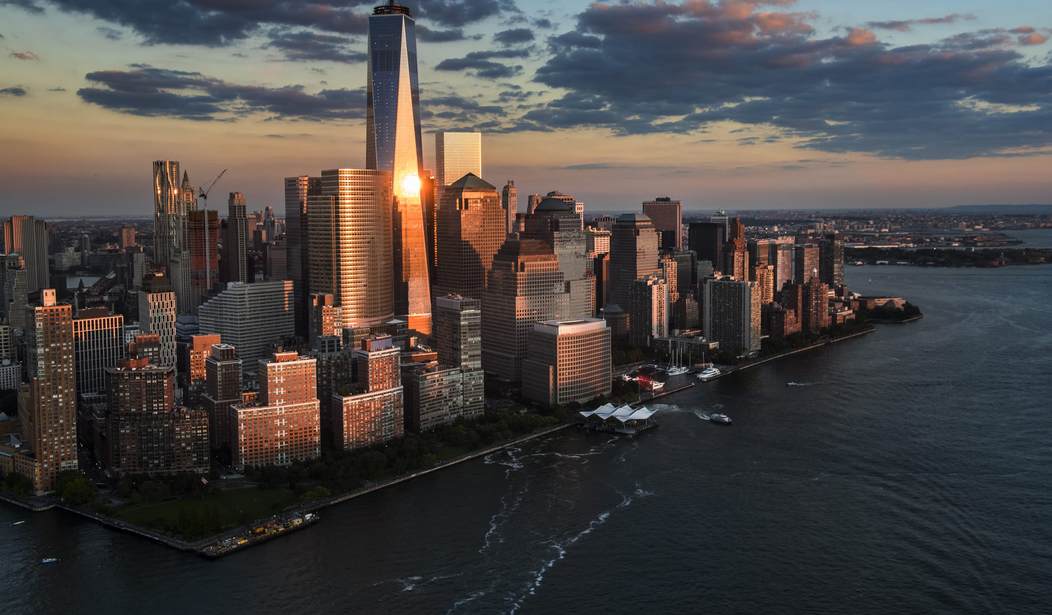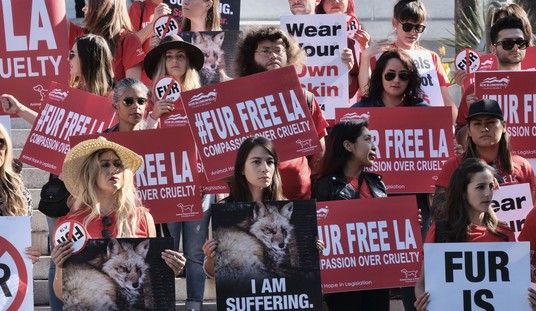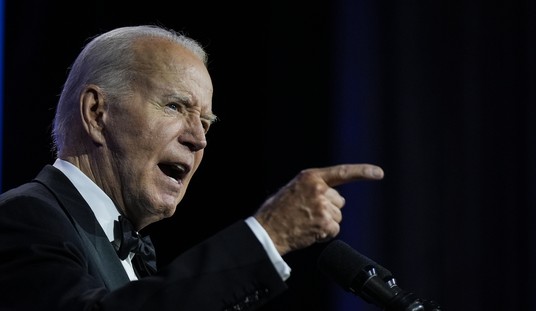I can understand the attraction of shopping on Amazon if, like me, you live in small rural places. But midtown Manhattan?
If you want to see the future of storefront retailing, walk nine blocks along Broadway from 57th to 48th Street and count the stores. The total number comes to precisely one — a tiny shop to buy drones. That’s right: On a nine-block stretch of what’s arguably the world’s most famous avenue, steps south of the bustling Time Warner Center and the planned new Nordstrom department store, lies a shopping wasteland.
Yes, there are bank branches, restaurants, fast-food outlets, theaters, Duane Reades, a vitamin shop and a few tourist-targeted “discount” stores. But mainly there are oodles of empty spaces covered with signs touting SUPERB CORNER RETAIL OPPORTUNITY.
The same crisis blights the rest of Manhattan. The people invested in storefront retailing — real-estate developers, landlords and retail companies themselves — tell us not to worry. It’s a “transitional” situation that will right itself over time. Authoritative-sounding surveys by real-estate and retail companies claim that Manhattan’s overall vacancy is only just 10 percent.
But they are all wrong. Bricks-and-mortar retail is shrinking so swiftly and on such a wide scale, it’s going to require big changes in how we plan our new buildings and our cities — although nobody wants to admit it.
This isn’t good. It’s bad enough when first Walmart and then Amazon tore the heart out of the retail centers of American cities. Now the chickens of desolation are coming home to roost in New York City. But if street-level retailing disappears from New York, and Manhattan simply becomes a residential island of the very rich and the very poor, what’s the point?
At this rate, we face a future where streets will be mostly dark at sidewalk level for miles on end. Third Avenue in the East 60s, Broadway north of Lincoln Center, many blocks in the supposedly thriving Meatpacking District are halfway there already.
Amazon and other online-buying services now account for 9.1 percent of all national retail sales — soaring from just 5.1 percent at the end of 2011, according to the US Census Bureau. Does anyone doubt that it will rise further? Yet real-estate developers are adding to the surplus by putting millions of square feet of retail space into big new Manhattan mixed-use projects from the far West Side to Delancey Street. Just about every individual new office tower, apartment building and hotel opens with “prime” retail space in search of tenants. Super-luxury condo tower 432 Park Ave. has leased less than one-fifth of its store space after three years of trying.
New York’s vacancy crisis is due to the same factors that wiped out malls and chain stores across the United States: the rise of online shopping, private-equity takeovers that saddled retailers with too much debt, and shoppers’ changing tastes. Only a few grasp the true scope of the problem. Vornado Realty Trust titan Steven Roth said we can only cure the national plague through “the closing and evaporation” of up to 30 percent of the weakest space — which would take five years.
Some analysts blame millennials, those golden children who neither toil nor spin but somehow have plenty of money to spend at juice bars and gyms. But unless we want midtown Manhattan to look like a California suburb, shopping-wise, we’d better start thinking about an Amazon-ruled retail future.
Munching spots and health clubs can’t come close to filling spaces that sportswear, houseware and bookstores are leaving behind.
We can still avoid becoming a retail ghost town like many of the country’s malls. But to increase demand for our dark storefronts, the city must roll back zoning rules in some neighborhoods that require even more retail in new buildings whether there’s demand for them or not. We should discourage the inclusion of acres of retail in giant new complexes that only add to the glut.
Otherwise, the whole town will look like Broadway in the 50s — a corridor of salad bars and dark windows.









Join the conversation as a VIP Member